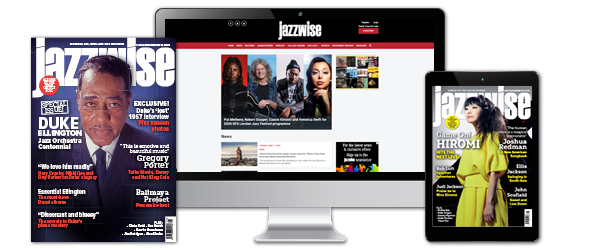Lisbon’s Jazz em Agosto marks 40th anniversary with James Brandon Lewis, Ava Mendoza, Lucas Niggli and Gabby Fluke-Mogul
Martin Longley
Thursday, August 22, 2024
Martin Longley gorged on the entire eleven nights of Jazz em Agosto, set in the exotic garden amphitheatre of Lisbon’s Gulbenkian Museum…


Register now to continue reading

Thank you for visiting Jazzwise.co.uk. Sign up for a free account today to enjoy the following benefits:
- Free access to 3 subscriber-only articles per month
- Unlimited access to our news, live reviews and artist pages
- Free email newsletter


